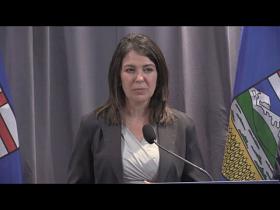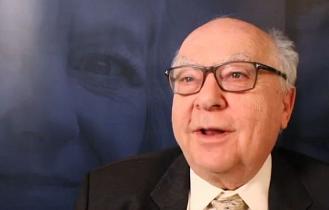The TFSA limit is rising to $6,000: Here's why you should contribute every penny of it
It’s official. The TFSA dollar limit will be increasing to $6,000 in 2019. TFSAs have been extremely popular among millions of Canadians, many of whom will welcome the upcoming ability to sock away extra funds in their TFSAs come 2019.
The TFSA was first introduced in the 2008 federal budget and became available to Canadians for the 2009 calendar year. The initial TFSA dollar limit of $5,000 had risen to $5,500 for the past few years, with a short-lived flirtation at $10,000 in 2015.
Under the tax rules, starting in 2016 and for each subsequent year, the annual TFSA dollar limit was fixed at $5,000, indexed to inflation for each year after 2009, and rounded to the nearest $500 to make the annual limits easy to remember. Contrast this with the maximum RRSP limit, which is fully indexed to inflation, with no rounding, making this year’s limit of $26,230 a bit harder to recall.
- How to ensure you take advantage of all the tax benefits that come with being a landlord
- The CRA is cracking down on aggressive manipulation of TFSAs and all other registered plans
- Three behavioural barriers to solid retirement planning, and how you can overcome them
Each fall, the Canada Revenue Agency announces the indexation increase for the following calendar year. The “indexation factor” for 2019 was calculated by taking the percentage change in the average monthly Consumer Price Index (CPI) data as reported by Statistics Canada for the 12-month period ended Sept. 30, 2018 relative to the average CPI for the 12-month period ended on Sept. 30, 2017.
This week, the CRA announced the 2019 inflation factor to be 2.2 per cent, which is the rate used to increase the federal tax brackets from 2018 to 2019 and most federal credits. Combined with prior years’ inflation, it was enough to push the TFSA dollar limit for 2019 to the next $500 which is why it will hit $6,000 for 2019.

Unused contribution room can be carried forward to future years such that the cumulative limit for someone who has never contributed can be as high as $57,500 today. In other words, if you were at least 18 years of age in 2009 and resident of Canada throughout that period and have never opened up a TFSA before, you could contribute the entire $57,500 to your TFSA today.
In honour of the TFSA’s upcoming tenth year anniversary, let me share with you three reasons why Canadians have embraced their TFSAs.
It’s really, truly tax-free
While you contribute to a TFSA with after-tax dollars, once the funds have been contributed, they grow tax-free, for life. In other words, all income and gains, whether realized or unrealized, will never be taxed while in the plan and the TFSA funds may be withdrawn tax-free, at any time, for any reason.
And because TFSA withdrawals aren’t considered to be income, they don’t negatively impact income-tested benefits and credits, like the Guaranteed Income Supplement, Old Age Security payments or the age credit.
Even upon death, the entire fair market value of your TFSA can be received by your estate tax-free. And if you name a successor holder or beneficiary on your TFSA, the assets can flow directly to the named successor holder or beneficiary without going through the estate, which could mean potential savings on provincial probate fees or estate administration taxes.
If you name a successor holder, who can only be your spouse or partner, the TFSA will continue to grow tax-free and your surviving spouse or partner steps into your shoes and becomes the new TFSA holder. Alternatively, if your spouse is the beneficiary of your TFSA, she can transfer the entire FMV of the TFSA upon your death to their own TFSA without using any of their own TFSA contribution room, thus prolonging the tax-free income and growth in the plan.
You can contribute at any age
To contribute to an RRSP, you must be 71 years of age or younger and you must have “earned income,” which is typically (self-)employment income or rental income. Contrast that with the TFSA in which there is no age limit and no earned income requirement.
One popular strategy that has emerged is for seniors, who are required to withdraw a prescribed minimum amount annually from their RRIF at age 72, to recontribute any after-tax withdrawals not needed to fund living expenses back into a TFSA for tax-free retirement accumulation.
You can recontribute your withdrawals
Finally, keep in mind that any amounts withdrawn from your TFSA can be recontributed, beginning the following calendar year, without using up TFSA room. This is something you can’t generally do with an RRSP as you have to have available contribution room, based on earned income, to recontribute amounts withdrawn. (There are exceptions for amounts withdrawn under the Home Buyers’ Plan to buy a first home or the Lifelong Learning Plan to fund post-secondary education).
For example, let’s say Debbie had contributed the maximum allowable $57,500 to her TFSA over the years from 2009 through 2018. The fair market value of her TFSA today has grown to $94,000 and she decides to take the money out for a down payment on her condo. Beginning in 2019, Debbie could contribute $100,000 to her TFSA, consisting of the full $94,000 she withdrew in 2018 from her TFSA and the new, additional $6,000 for 2019.














